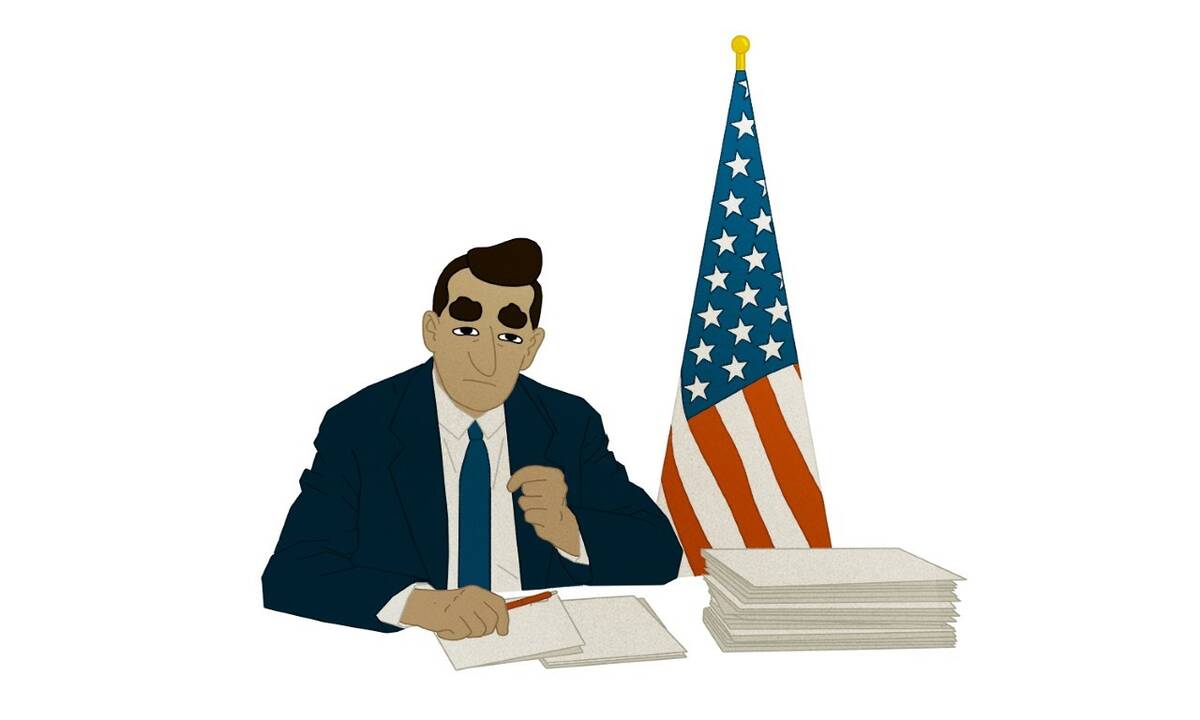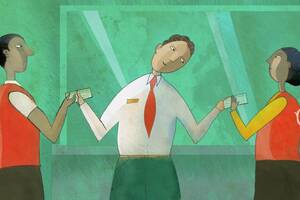Economics May 11, 2020
The Treasury’s Former Chief Economist Takes Stock of the Pandemic’s Economic Impact
Kellogg’s Janice Eberly zeroes in on a few data points that demonstrate the massive challenge policymakers face.

Lisa Röper
Editor’s note: This is part of a series of articles based on Kellogg Executive Education webinars focused on COVID-19.
It is becoming increasingly clear that the economic fallout from the coronavirus has been devastating.
Take the number of unemployment insurance claims filed during the third week of March. At 3.3 million, that is five times higher than the worst week during the Great Recession, explains Janice Eberly, a finance professor at the Kellogg School.
Each Thursday, Kellogg faculty are offering free webinars on how COVID-19 is impacting businesses, markets, and careers. You can sign up for upcoming sessions, hosted by Kellogg Executive Education, here.
“And that was just the opening of the COVID-19 crisis,” she explains. “That gives you a sense of what a challenge this will be for policy.”
Eberly would know. She served as chief economist at the U.S. Treasury from 2011 to 2013. She shared her thoughts on the state of the economy and federal policy responses during a recent webinar from Kellogg Executive Education.
Another startling number is the anticipated fall in GDP for the second quarter. Economists anticipate that will reach 30 percent, when annualized, “which is really a catastrophic number,” Eberly says.
That’s driven by the U.S. economy’s heavy reliance on the service sector, she explained. More than half of the GDP comes from services, and roughly 30 percent of those services rely on face-to-face interactions. With the exception of healthcare, the estimate is that those services will operate at about 50 percent over the quarter. When totaled, that leads to a huge drop in GDP.
Eberly explained various components of the federal response to all these startling numbers, which have so far been enacted much faster than policies were enacted during the financial crisis of 2008-09. But, even so, the sheer scope of the current crisis is its own obstacle.
For example, think about the federal stimulus checks of $1,200 that were issued to eligible individuals. Roughly half were delivered into bank accounts last month, going to people who use direct deposit when filing their taxes. People who file without direct deposit are being issued payouts at the rate of roughly five million a week; at that pace, it will take until the end of the summer to distribute them all, Eberly says. And those who don’t file taxes have to apply online via a website that is prone to crashing.
“If you’re trying to help households who are cash constrained, who are losing their jobs, who are faced with a lot of uncertainties, and you’ve authorized hundreds of billions in funding, you’d like to get it out to households as quickly as possible,” Eberly says. “This is a huge challenge.”
Still, Eberly says, there are some hopeful signs in the data.
In the unemployment numbers, the vast majority of people have labeled themselves as being temporarily laid off. This means they expect to be out of work for less than six months and expect to have a job to go back to.
“That’s a good sign if it persists,” Eberly says. In past crises, “these are workers that maintain their attachment to the workforce. They maintain their attachments to their jobs.”
Similarly, many businesses are opting for furloughs over layoffs, or are maintaining their nonworking employees’ health insurance, or even sending care packages, all of which maintain a connection between workers and their employers.
If the crisis is short, “they have a workforce that’s ready to go as the economy reopens,” Eberly says. However, as the crisis lingers, especially for some sectors and their employees, those links are broken, and it will be harder to snap back.
You can see previous articles from this series here.


